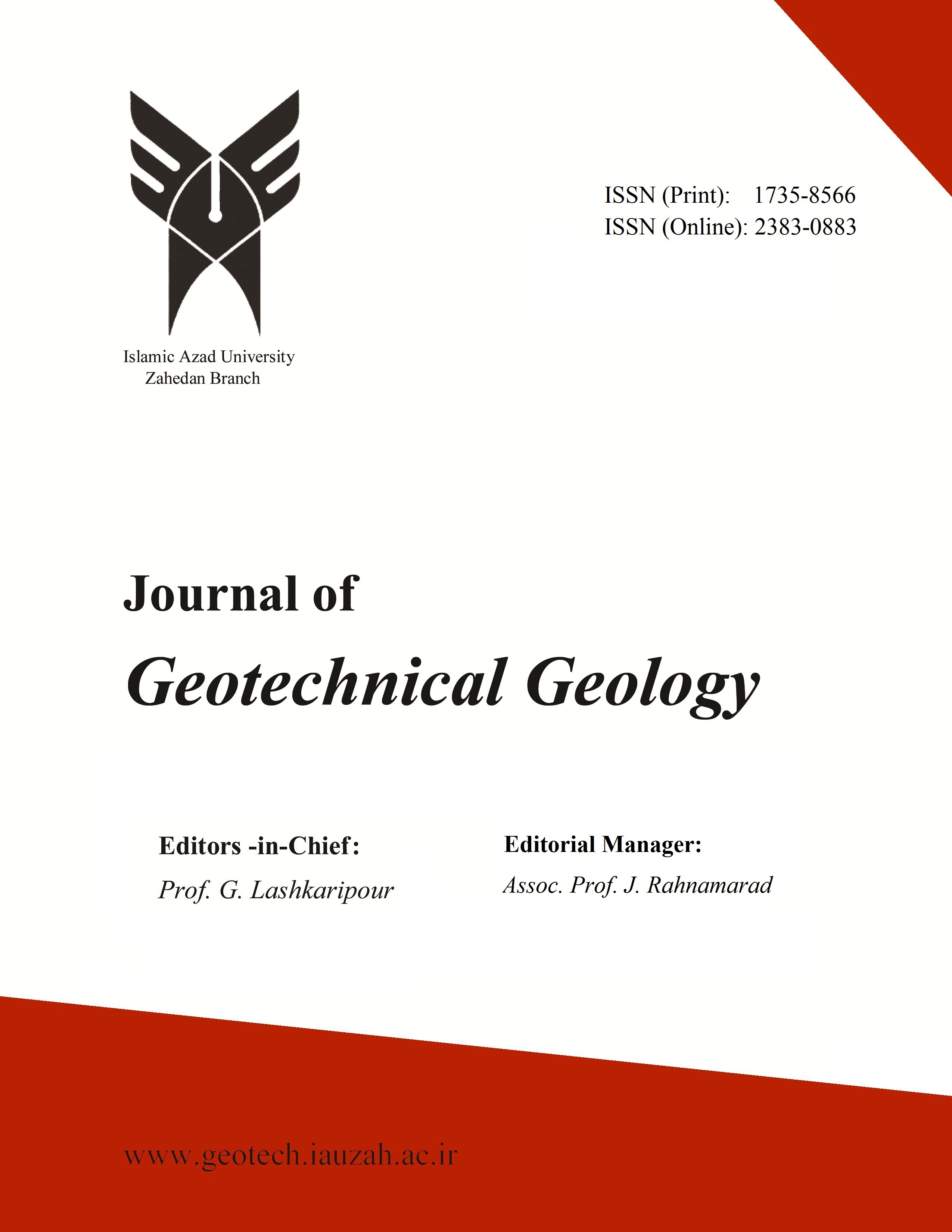
Journal of Geotechnical Geology
Yazarlar: Farhad Ehya, Mohammad Lotfi, Iraj Rasa
Konular:-
Anahtar Kelimeler:Fluid inclusions,Galena,Isotope,REE,Sulfur
Özet: A complete study including field geology, petrography, fluid inclusions, and trace- and rare-earth element geochemistry, and lead and sulfur isotope studies has been carried out on the Baba Gholleh Pb-Zn prospect located in the Sanandaj-Sirjan tectonic zone of western Iran. Ore-host rock relationships and petrographic studies show that Baba Gholleh Pb-Zn prospect is a vein-type deposit in which ore minerals occur predominantly with quartz veins and flat lenses, interbedded in the metamorphic host rocks. Galena and sphalerite are dominant ore minerals accompanied by quartz and calcite gangue minerals. Fluid inclusion studies suggest that ore-forming fluid has a low to moderate salinity. The temperatures of homogenization range mostly between 135 °C and 200 °C, corresponding well with the metamorphic temperatures of the host rocks. This temperature range also occurs in the temperature range of the basinal fluids, but the salinity of the ore-forming fluid is slightly less than that of basinal fluids, resulting from interference of meteoric waters. Geochemistry of trace elements points out that the host rocks are anomalously enriched in Zn and Pb, hence they could provide ore constituent metals. REE profile in mineral sphalerite reveals that these elements were leached from host rocks in low temperature conditions through fluid-rock interaction. Sulfur isotope composition of coexisting galena and sphalerite indicates that deposition of these minerals occurred in disequilibrium conditions, resulting from low total concentration of H2S in ore-forming fluid and rapid rates of sulfide deposition. Sulfur in sulfide minerals derived possibly from metamorphic host rocks. Lead isotopic studies indicate that the lead in galena was derived from an upper crustal source with higher 238U/204Pb ratio than the average for continental crust. The Pb-isotope model ages for mineralization, range from 270 to 472 Ma (average value is 371±100 Ma), indicate a Middle Ordovician to Lower Permian age. These Pb isotope model ages are not in accordance with the geological data which indicate a Post-Middle Jurassic age for mineralization.